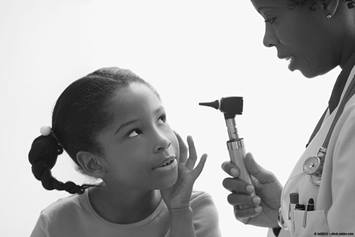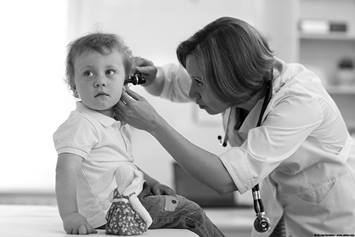Otorrhea
Otorrhea is when fluid comes out of your ear. It can happen because of an ear infection or a hole in the eardrum. Sometimes it’s called "runny ears".
What Is Otorrhea?
Otorrhea is the medical term for ear drainage. In order for there to be drainage from the middle ear (the space behind the ear drum) into the ear canal, there must be a connection present. This connection can result from a perforation in the ear drum, or if an ear tube was previously placed. When otorrhea is noted it is typically a sign of infection. When an acute ear infection causes a perforation of the ear drum, the hole is usually small and often heals on its own. Sometimes, there can be drainage from the ear if there is an outer ear infection like Swimmer’s Ear or a fungal (yeast) infection of the ear canal.
How Is Otorrhea Evaluated?
If your child begins having drainage from the ear and there is not an ear tube present, they should be evaluated by a doctor to check the ear. If there is an ear tube present you can often treat this at home with ear drops. If otorrhea persists after treatment, it should be evaluated by a doctor. Sometimes a sample will be taken to see what is causing the infection so that it can be more appropriately treated.
How Is Otorrhea Treated?
Most of the time, otorrhea can be treated with antibiotic ear drops. If your child has had ear tubes placed, your ENT doctor will likely prescribe ear drops for you to have on hand in case they begin to have drainage. If there is not an ear tube, in addition to ear drops, your child may need to be treated with oral antibiotics. Sometimes, having your ENT doctor clean the drainage from the ear canal can help to treat the infection as well. If the otorrhea does not resolve after typical treatment course, it should be evaluated by an otolaryngologist.



